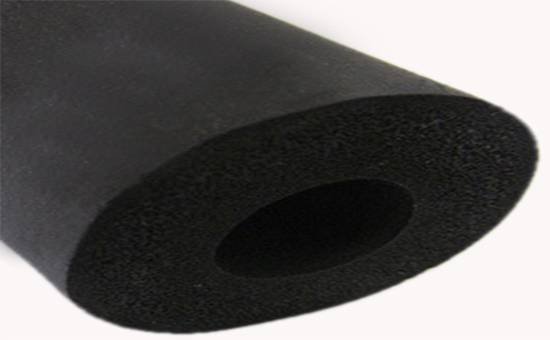
EPDM reclaimed rubber has excellent high and low temperature resistance, ozone resistance, and weather resistance. It is widely used in the production of auto parts, waterproof materials, cable sheaths, heat-resistant hoses, sealing strips, tapes, etc. Some rubber products need to have good flexibility and cushioning effect, so the Shore hardness of the rubber material used is required to be less than 55 degrees. In order to reduce the hardness of EPDM reclaimed rubber products, many rubber product manufacturers choose to add a large amount of softeners. Is this really appropriate?
In actual production, adding a large amount of softener is not an ideal way to reduce the hardness of EPDM reclaimed rubber. Excessive amount of softener will cause the following problems.
1. The strength of the rubber is too low, and the physical and mechanical properties are poor.
2. A large amount of filled rubber oil may cause the rubber compound to slip during mixing, and the low rubber viscosity will also cause the mixing shear stress to decrease, and the filler particles are difficult to disperse, which affects the dispersibility of the rubber compound. And the appearance quality of extruded products.
3. When the amount of softener is too much, the strength of the EPDM reclaimed rubber compound is low, the feed is not smooth during extrusion, it is easy to return to the glue, and the product stiffness and dimensional stability are poor.
4. The low pressure in the extruder head makes it difficult to discharge the gas, and the vacuum effect in the vacuum zone is poor. It is easy to form pores in the product during normal pressure vulcanization, especially for large-section products.
5. The compounded rubber has low strength and poor traction performance, especially in the high filling formula, the phenomenon of profile breaking or traction deformation is more likely to occur.
6. The low pressure in the mold cavity makes it difficult to discharge gas during molding and vulcanization, which affects the compactness of the product, and is prone to entrainment or defects.
7. The addition of a large amount of softener will reduce the vulcanization efficiency of EPDM reclaimed rubber and make the surface of the product prone to stickiness.
When using EPDM reclaimed rubber to produce low-hardness rubber products, high viscosity or high mixing strength of the rubber should be realized in the compounding. In actual production, it is recommended to choose 2YLYY97 EPDM reclaimed rubber with suitable hardness, use medium-reinforced or low-reinforced carbon black, use paraffin oil, naphthenic oil, aromatic oil or machine oil, etc. and EPDM rubber Rubber oil with good material compatibility; among them, aromatic oil or naphthenic oil is not suitable for EPDM peroxide vulcanizates.
Later, the editor will have the opportunity to continue to share with you how to improve the overall performance of low-hardness EPDM reclaimed rubber products.
Exclusive original article [commercial authorization] reprint, excerpt and excerpt in any form are prohibited without written authorization. Focus on Hongyun rubber: learn the process formula and raw material technology of producing rubber products from recycled rubber to help you reduce costs and increase profits